FMD Info
What is FMD?
The information provided on this page is designed to support, not replace, the relationship that exists between you and your physician.
For information about FMD in children, please click here.
What is Fibromuscular Dysplasia (FMD)?

Photo credit: Our thanks to Dr. Santhi Ganesh/Ganesh Laboratory for the use of this image Ganesh Laboratory.
Fibromuscular Dysplasia, commonly called FMD, is a disease that causes one or more arteries in the body to have abnormal cell development in the artery wall. As a result, areas of narrowing (called stenosis), aneurysms, or tears (called dissections) may occur. If narrowing or a tear causes a decrease in blood flow through the artery, symptoms may result. Many people with FMD do not have any symptoms or signs on physical examination and are diagnosed by accident during a radiology scan for another problem.
FMD can be found in any arterial bed in the body. It is most commonly found in the arteries that supply the kidneys with blood (renal arteries) and the arteries called the carotid and vertebral arteries which are found in the neck and supply the brain with blood. Less commonly, FMD affects the arteries in the abdomen (supplying the liver, spleen and intestines) and extremities (legs and arms). In more than one-half of people with this disease, there will be evidence of FMD in more than one artery.
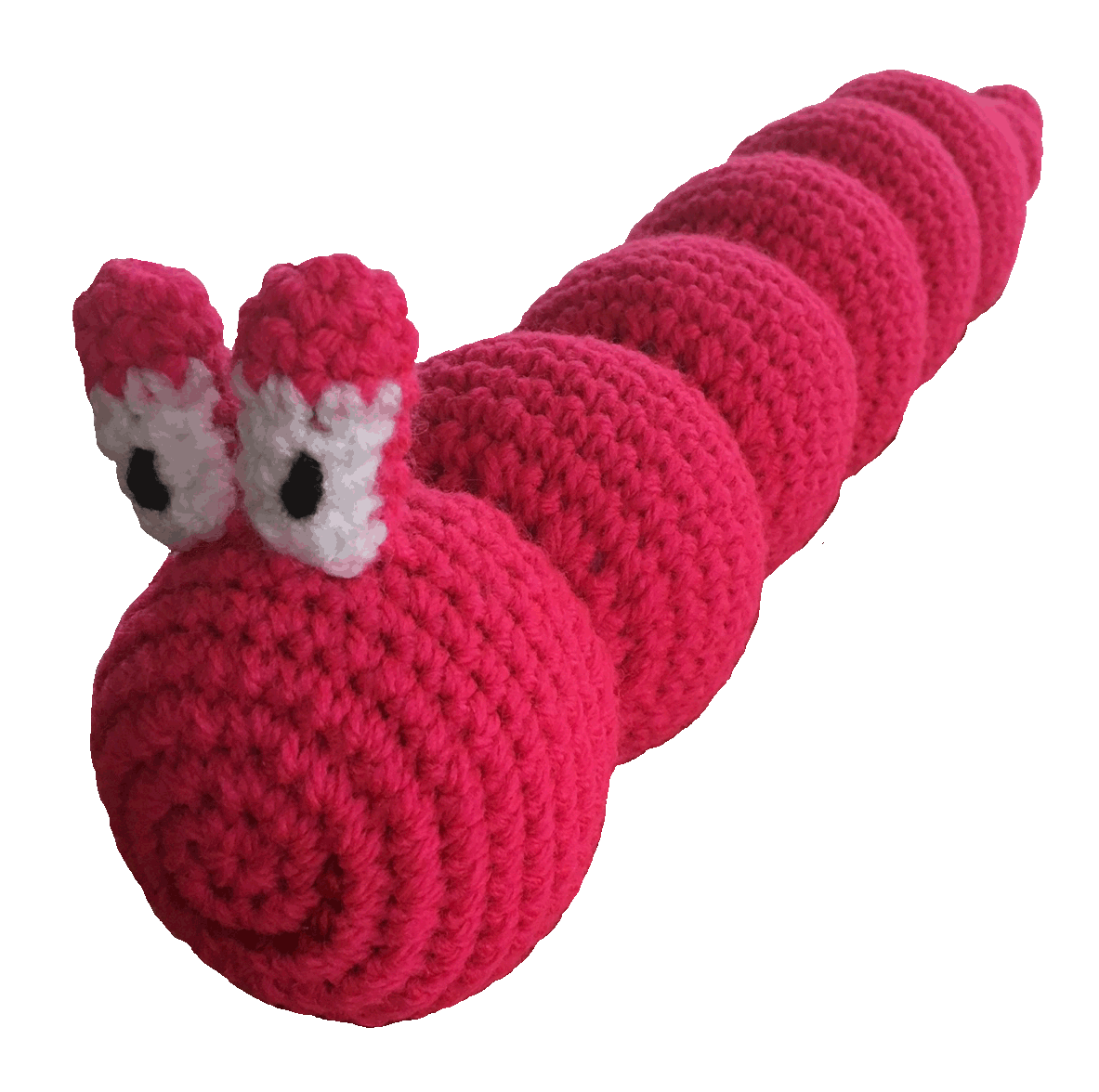
Beadie Fun Fact
Approximately 90% of patients with FMD are women
What Causes FMD?
FMD was first diagnosed in 1938 and the cause is not yet known, but several theories have been suggested. A number of case reports in the literature have identified the disease in multiple members of the same family including twins. As a result, it is felt that there may be a genetic cause. However, a relative may have different artery involvement, different disease severity, or not develop FMD at all. In fact, most individuals with FMD do not have a family member who also has the disease. Among some individuals with FMD, there is a family history of other vascular problems, such as blood vessel aneurysms.
FMD is far more commonly seen in women than in men, resulting in the theory that hormones may play an important role in disease development. However, in small population studies, one's reproductive history (number of pregnancies and when they occurred) as well as the use of birth control pills did not correlate with the development of FMD.
Other possible causes of FMD include abnormal development of the arteries that supply the vessel wall with blood, resulting in inadequate oxygen supply; the anatomic position or movement of the artery within the body, certain medications, and tobacco use. It is possible that many factors contribute to the development of FMD. This area requires further research and is under investigation by many researchers around the world.
What are the signs and/or symptoms of FMD?
Some people with this disease do not have symptoms or findings on a physical examination. The signs and/or symptoms that a person with FMD may experience depend on the arteries affected and whether there is evidence narrowing, tears, or aneurysms within those affected arteries. Any pain or clinical sign related to FMD typically comes from the organ that is supplied by that artery. For example, FMD in the renal arteries may cause high blood pressure. FMD in the carotid arteries may cause headaches or a swooshing sound in the ears (called pulsatile tinnitus). Some patients with FMD may have no symptoms at all but are diagnosed with this disease when a physician hears a noise over one of the arteries due to disturbed or turbulent blood flow within the vessel. This noise is known as a bruit.
Please click here to view an arterial map.
What are the signs and/or symptoms of FMD?
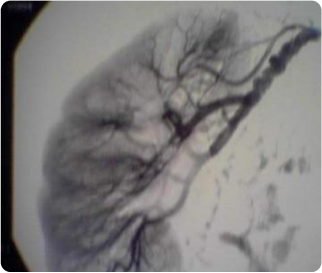
FMD of Renal Arteries (Kidney):
- High blood pressure [>140/90 mmHg]
- Abnormal kidney function as detected on blood tests
- Flank pain from dissection or infarction of the kidney
- Kidney failure (rare)
- Atrophy (shrinkage) of the kidney
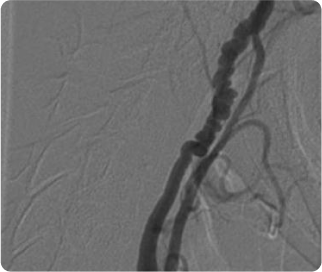
FMD of Carotid Arteries:
- Bruit (noise) heard in neck with stethoscope
- Swooshing sound in ear
- Ringing of the ears
- Vertigo (room spinning)
- Dizziness
- Headache
- Transient ischemic attack
- Stroke
- Neck pain
- Horner’s syndrome
- Dissection
A person with severe carotid FMD causing severe narrowing or a tear in the carotid or vertebral artery may have neurologic symptoms involving the facial nerves (drooping of the eye lid, unequal size of the pupils, for example), stroke, or transient ischemic attack. People with carotid FMD have a higher risk for aneurysms of the arteries in the brain (intracranial aneurysms). Bleeding in the brain (intracranial hemorrhage) may occur if an aneurysm ruptures, and it is important to identify and treat brain aneurysms early to prevent this.
FMD involving the arteries that supply the intestines, liver and spleen with blood (mesenteric arteries) can result in abdominal pain after eating and unintended weight loss. FMD in the arms and legs can cause limb discomfort with exercise or can lead to unequal blood pressure in the arms.

Beadie Fun Fact
Migraines may occur in patients with FMD even in the absence of cerebrovascular involvement
Coronary Artery FMD and Spontaneous Coronary Artery Dissection (SCAD)
FMD can affect the arteries of the heart – also called the coronary arteries. Similar to FMD in other arteries, FMD of the coronary arteries can cause abnormal areas of narrowing (stenosis) or tearing (called dissection). Both stenosis and dissection from FMD can lead to reduced blood flow in the coronary arteries, which can cause chest pain or in some people very rarely it can cause heart attack.
Recently, studies have shown that a high percentage of women who were healthy and who have a sudden tearing of a coronary artery (called Sudden Coronary Artery Dissection or "SCAD") probably have undiagnosed FMD. SCAD was previously thought to be a separate condition to FMD, but now we are starting to understand that many people have FMD as the main reason for their coronary tear. Like FMD in the rest of the body, SCAD is most common in middle aged females. However, it also seems that women are more likely to have a sudden coronary artery dissection within weeks of childbirth. For more information on SCAD please follow this link to the 2018 AHA Scientific Statement.

Beadie Fun Fact
SCAD has been shown to be associated with increased arterial tortuosity
Who has FMD?
FMD affects women far more commonly than men, although men and children can be affected with the disease. In children with FMD, the disease seems to more commonly present with significant narrowing rather than tears of arteries and also seems to involve the arteries to the kidneys and intestines more commonly than the carotid vessels. For more information on FMD in children click here.


Beadie Fun Fact
Though less common, men also develop FMD and may have a more aggressive course with a higher frequency of aneurysms and dissections
How common is FMD?
It is difficult to determine how common FMD is in the general population, due to a number of reasons. Individuals with mild FMD are often asymptomatic and so the disease often goes undetected. Most studies examining the prevalence of FMD have looked at specific patient populations in whom individuals may have already suffered from serious consequences of the disease, such as patients with carotid dissection. Since there is a delay in diagnosis of FMD among FMD patients and since there may be decreased awareness of signs and symptoms of FMD among health care providers, it is likely that FMD is underdiagnosed and is more common than previously thought.

Beadie Fun Fact
The prevalence of renal FMD in the general population is unknown because this disease is often clinically silent or discovered incidentally
How can FMD be diagnosed?
In order to diagnosis FMD, a test must be done to image the blood vessels. There are many options for imaging the arteries, including specialized blood vessel ultrasound known as duplex ultrasound, a CAT scan of the arteries which is obtained after a dye is given through the veins, or a special type of MRI. In many cases, the diagnosis of FMD requires that a procedure known as an arteriogram be performed. Arteriography is a procedure that is performed by a radiologist, vascular surgeon, cardiologist, or vascular medicine specialist with appropriate training. It involves inserting a wire through the groin into or near the affected artery and injecting contrast material, a dye that can be detected by an x-ray machine. The patient is usually awake during an arteriogram procedure although medications may be given to keep her comfortable. This outpatient procedure usually lasts from one to two hours with a recovery period of up to six hours (this varies widely). The experience and expertise available at your medical institution will play an important role in what diagnostic options are available to you.

Beadie Fun Fact
There are currently no genetic tests that are specific to FMD
What kind of treatment is there for FMD?
There is no cure for FMD. Treatments are focused on managing symptoms and complications of FMD, including high blood pressure and headaches. Antiplatelet medications, such as aspirin, may be prescribed along with medications to treat high blood pressure (anti-hypertensives). Many patients with FMD suffer from headaches, and a number of medications are available to help control and prevent headaches. All patients with FMD who use tobacco should be encouraged to quit.
In some cases of FMD, an attempt should be made to improve the flow of blood through a severely narrowed vessel. The kind of treatment used for narrowing due to FMD depends largely upon which arteries are affected and the presence and severity of the symptoms. In most cases, such procedures are done using balloon angioplasty; a procedure known as percutaneous transluminal angioplasty (PTA). PTA is often performed at the same time as an arteriogram.
If an angioplasty is performed, a catheter is extended into the affected artery and a small balloon is inflated in the artery. A metal stent is typically not required to keep the vessel open, but may be needed in some cases, such as for treatment of a dissection (tear) of a blood vessel. If angioplasty is performed, the procedure and recovery period may be longer than an arteriogram done for diagnosis only. Occasionally, traditional open surgery is performed to treat severe narrowing due to FMD, particularly in those that cannot be treated with angioplasty.
Patients with FMD who are found to have a significant aneurysm within the brain or renal arteries may need to undergo surgery even without symptoms. In such cases, it is recommended that the aneurysm be treated to prevent rupture which can be potentially life threatening. The type of treatment for an arterial aneurysm depends on its location and size. Treatment options for aneurysms include traditional open surgery or a less invasive angiogram-based procedure which treats the aneurysm using special vascular coils and/or stents.
The appropriate treatment will vary with each individual and severity, location, and extent of disease. The treatment plan should be discussed in depth with a specialist who is very knowledgeable about FMD and its natural history.

Beadie Fun Fact
In 2019, multi-specialty groups from Europe and the United States published a consensus statement regarding FMD
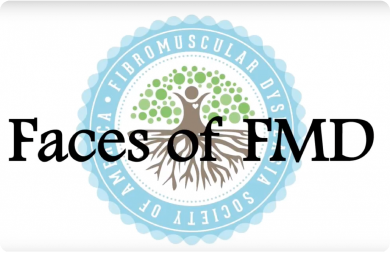
Faces of FMD 2018
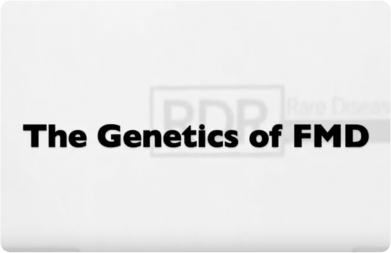
Genetics of FMD 2017
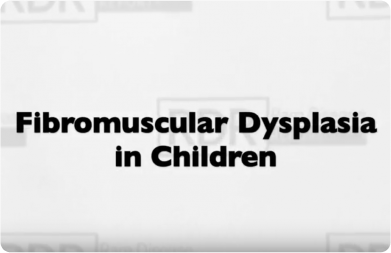
Fibromuscular Dysplasia in Children
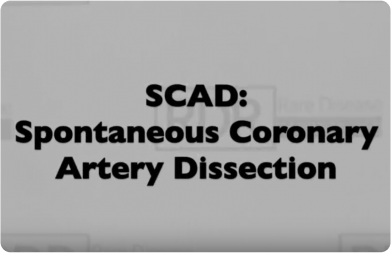
SCAD Explained 2017
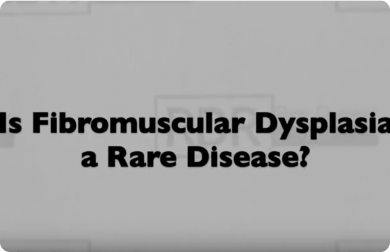
Is FMD Rare? 2017
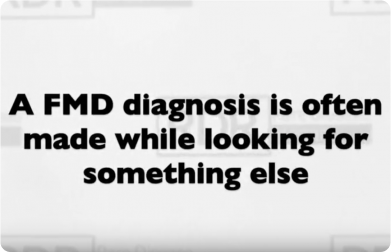
FMD Is often found looking for
something else 2017
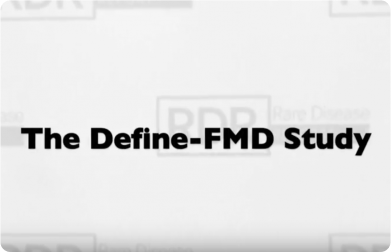
Define the FMD Study 2017
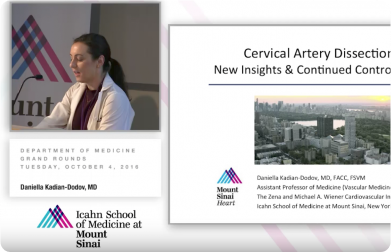
Cervical Artery Dissection: New Insights & Continued Controversies 2016
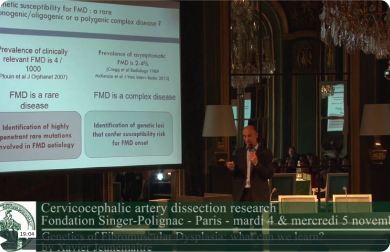
Genetics of FMD 2014
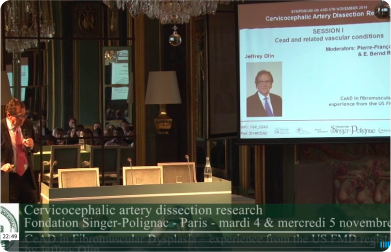
Experience from the US Registry
for FMD 2014

FMD on Discovery Health- Mystery Diagnosis

Public Service Announcement from FMDSA
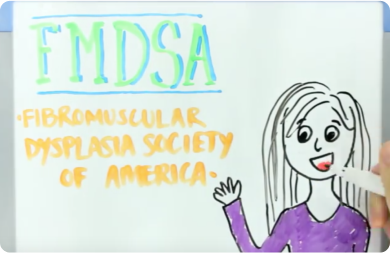
FMD Draw My Life 2016
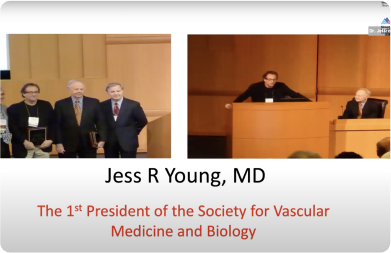
What we’ve learned about FMD in the last 10 years

2021 Fibromuscular Dysplasia & Spontaneous Coronary Artery Dissection Research Update with Dr. Olin

December 2021 FMDSA Annual Conference: Welcome – Pam Mace RN, Brad Daar

December 2021 FMDSA Annual Conference: United States Registry: “We have come a long way!” Dr. Heather Gornik

December 2021 FMDSA Annual Conference: What is Fibromuscular Dysplasia and how does it differ from FMD like? Dr. Jeff Olin

December 2021 FMDSA Annual Conference: Current understanding of the genetic basis of FMD – Dr. Santhi Ganesh

December 2021 FMDSA Annual Conference: SCAD and its relation to FMD – Dr. Esther Kim

December 2021 FMDSA Annual Conference: The European Initiative and Recent Findings – Dr. Alexandre Persu

December 2021 FMDSA Annual Conference: Spine Disease Among Patients with FMD – Marianne Khoury

December 2021 FMDSA Annual Conference: How Genes influence the Health of Arteries – Nabila Bouatia-Naji PhD

December 2021 FMDSA Annual Conference: Renovascular Hypertension in Children – Dr. Kevin Meyers

December 2021 FMDSA Annual Conference: Vascular Findings in Patients with Cervical Artery Dissection – Dr. Daniella Kadian-Dodov

What is FMD? English – Dr. Alexandre Persu

What is FMD? Croatian – Dr. Zivka Dika

What is FMD? French – Dr. Alexandre Persu
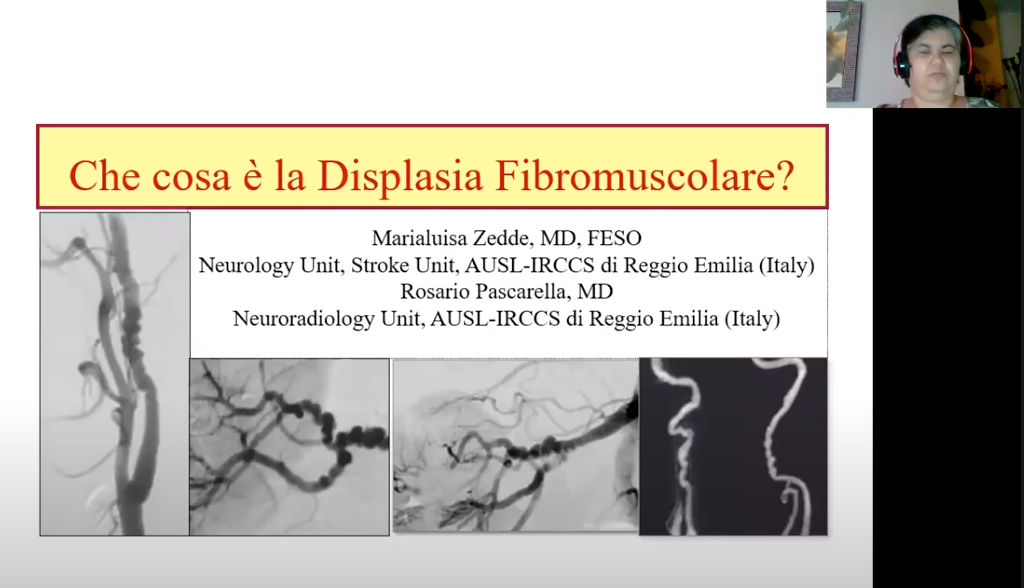
What is FMD? Italian – Dr. Maialuisa Zedde

What is FMD? German – Dr. Suzanne Fleig

What is FMD? Polish – Dr. Katarzyna Jozwik-Plebanek

What is FMD? Spanish – Dr. Lucas Aparicio
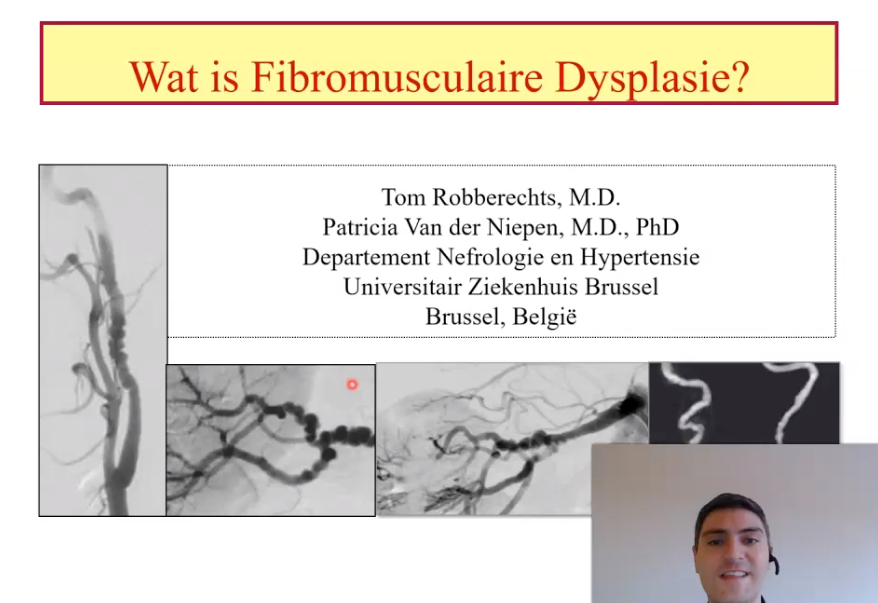
What is FMD? Dutch – Dr Tom Robberechts
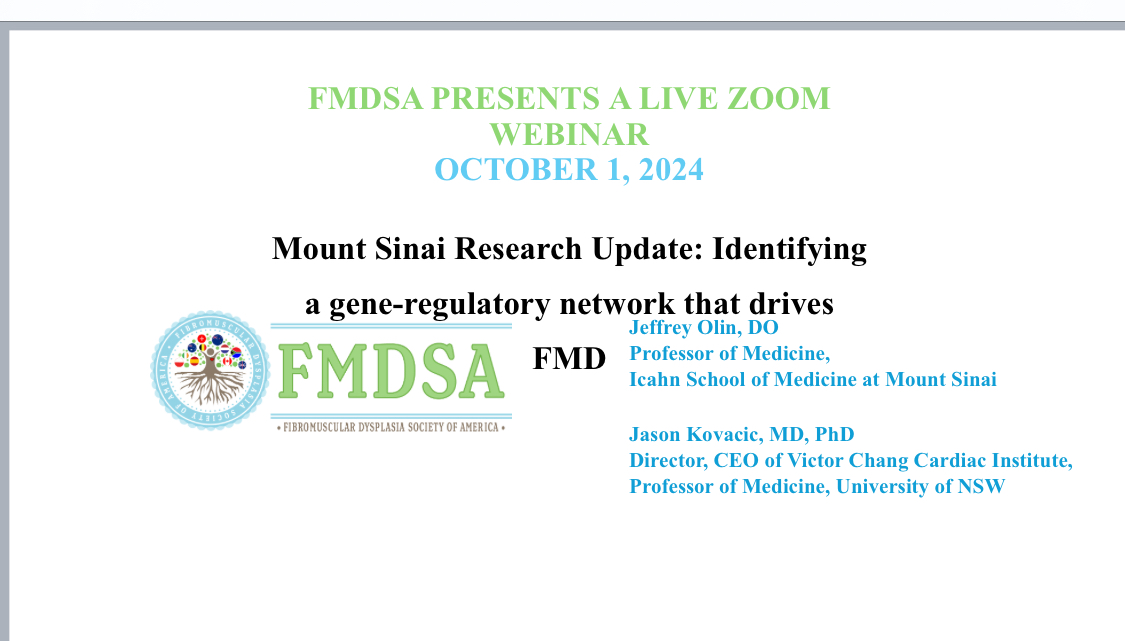
Mount Sinai Research Update: Identifying a gene-regulatory network that drives
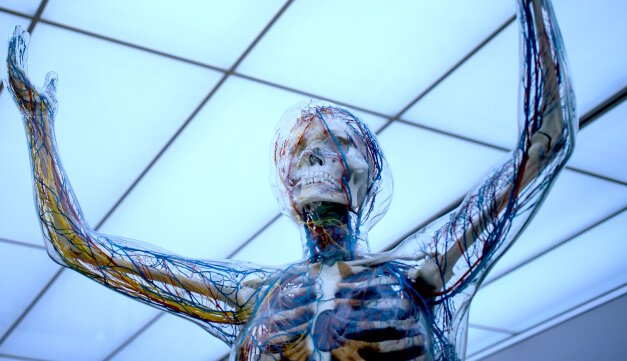
Related Disorders
Research and
Investigational
Therapies
The FMD Society of America is sponsoring the United States Registry for FMD, which gathers information regarding the epidemiology, symptoms, disease extent, treatments and outcomes of patients who have FMD. For further information regarding FMD research, including current FMD research projects, please visit the “Research Network” page.

To view this document in Spanish, please click here and information can also be found in Dutch and French by visiting FMD-Be, a page put together by our friends and colleagues.
This page was updated by Dr. Heather Gornik and Pam Mace RN. Please check back, since updates are added in accordance with new research findings.


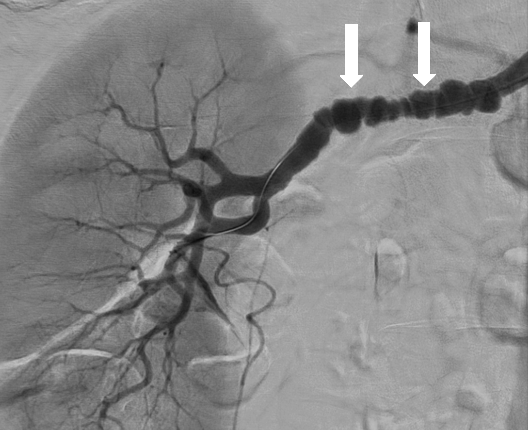

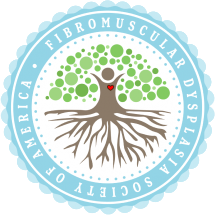 Since ancient times and across many cultures, the tree has long been a symbol of many things, including wisdom, protection, strength, inter-connectivity, and life itself. We’ve chosen the tree to represent the Fibromuscular Dysplasia Society of America for these reasons, and because the tree’s branches and roots signify the arteries affected by this disease. The tree’s branches, reaching upward and outward, provide protection and shelter, and represent our mission to help those who’ve been diagnosed with FMD. Trees, strengthened by their continuously spreading roots, symbolize how as we grow together we are stronger and more resilient. As with its growth from a delicate sapling to a giant robust tree, and as its branches and roots grow and spread, the tree symbol represents how we’ve evolved and continue to promote research, education and patient support throughout the years. Together we can achieve much, as we strive to reach for the sky.
Since ancient times and across many cultures, the tree has long been a symbol of many things, including wisdom, protection, strength, inter-connectivity, and life itself. We’ve chosen the tree to represent the Fibromuscular Dysplasia Society of America for these reasons, and because the tree’s branches and roots signify the arteries affected by this disease. The tree’s branches, reaching upward and outward, provide protection and shelter, and represent our mission to help those who’ve been diagnosed with FMD. Trees, strengthened by their continuously spreading roots, symbolize how as we grow together we are stronger and more resilient. As with its growth from a delicate sapling to a giant robust tree, and as its branches and roots grow and spread, the tree symbol represents how we’ve evolved and continue to promote research, education and patient support throughout the years. Together we can achieve much, as we strive to reach for the sky.